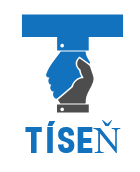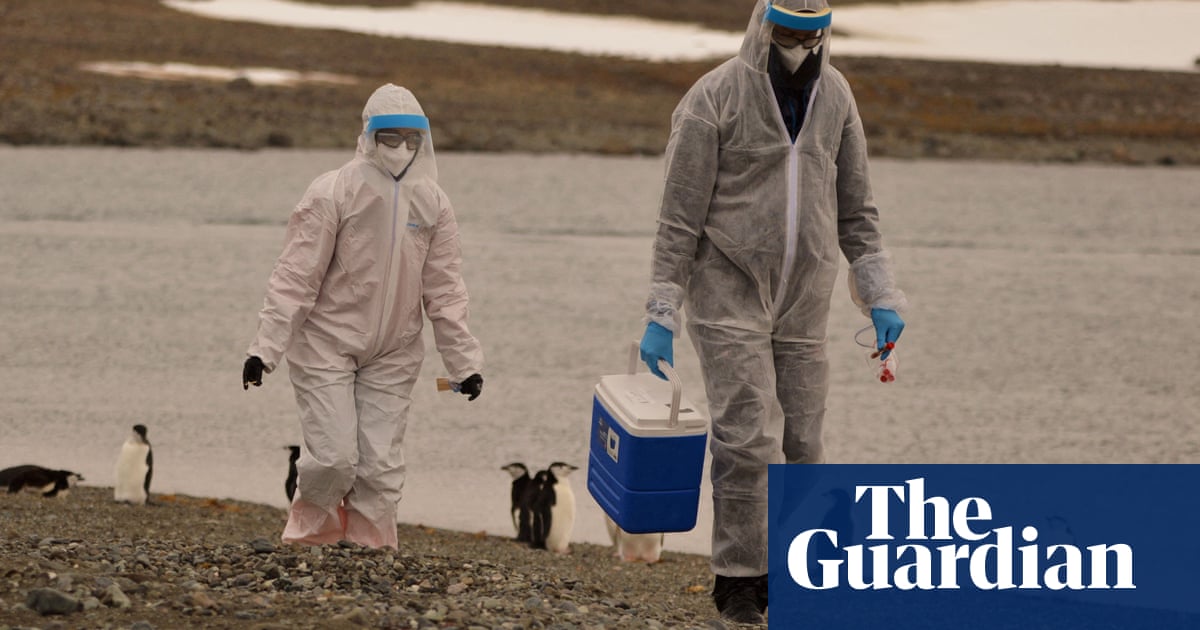
Mezinárodní tým vědců zjistil, že změny na oběžné dráze Země upřednostňující teplejší podmínky mohly před 56 miliony let pomoci spustit rychlé globální oteplování známé jako paleocén-eocénní tepelné maximum (PETM).
Mezinárodní tým vědců navrhl, že změny na oběžné dráze Země, které vedly k oteplování, mohly hrát roli při spuštění rychlého globálního oteplování, ke kterému došlo před 56 miliony let. Tato událost, známá jako paleocensko-eocénní tepelné maximum (PETM), je analogií moderních klimatických změn.
řekl Lee Kump, profesor věd o Zemi Penn State University. „Byl velký zájem o nalezení lepšího řešení této historie a naše práce se zabývá důležitými otázkami o příčině události a míře emisí uhlíku.“
Tým vědců studoval jádrové vzorky z dobře zachovaného záznamu PETM poblíž pobřeží Marylandu pomocí tulipologie, metody datování sedimentárních vrstev založené na orbitálních vzorcích, které se vyskytují po dlouhá časová období, známé jako Milankovitchovy cykly.

Victoria Fortes (vpravo), která byla postgraduální studentkou na Penn State, a Jean Self Trail, výzkumná geoložka z USGS, pracují na vzorku jádra z lokality Howards Tract v Marylandu. Kredit: Pennsylvania
Zjistili, že tvar oběžné dráhy Země nebo její excentricita a oscilace v její rotaci nebo její velikost upřednostňují teplejší podmínky na začátku období Betem, a že společně tyto orbitální konfigurace mohly hrát roli při spuštění událost.
„Orbitální spouštěč mohl spustit uvolňování uhlíku, který způsobil mnoho stupňů globálního oteplování během období PETM, spíše než v současnosti populárnější vysvětlení, že supervulkány uvolnily uhlík a spustily událost,“ řekl Coombe, John Lyon, děkan School of Země a nerostné vědy .
Výsledky zveřejněny v časopise
“Those rates are close to an order of magnitude slower than the rate of carbon emissions today, so that is cause for some concern,” Kump said. “We are now emitting carbon at a rate that’s 5 to 10 times higher than our estimates of emissions during this geological event that left an indelible imprint on the planet 56 million years ago.”
The scientists conducted a time series analysis of calcium content and magnetic susceptibility found in the cores, which are proxies for changes in orbital cycles, and used that information to estimate the pacing of the PETM.
Earth’s orbit varies in predictable, calculable ways due to gravitational interactions with the sun and other planets in the solar system. These changes impact how much sunlight reaches Earth and its geographic distribution and therefore influence the climate.
“The reason there’s an expression in the geologic record of these orbital changes is because they affect climate,” Kump said. “And that affects how productive marine and terrestrial organisms are, how much rainfall there is, how much erosion there is on the continents, and therefore how much sediment is carried into the ocean environment.”
Erosion from the paleo Potomac and Susquehanna rivers, which at the onset of the PETM may have rivaled the discharge of the Amazon River, carried sediments to the ocean where they were deposited on the continental shelf. This formation, called the Marlboro Clay, is now inland and offers one of the best-preserved examples of the PETM.
“We can develop histories by coring down through the layers of sediment and extracting specific cycles that are creating this story, just like you could extract each note from a song,” Kump said. “Of course, some of the records are distorted and there are gaps — but we can use the same types of statistical methods that are used in apps that can determine what song you are trying to sing. You can sing a song and if you forget half the words and skip a chorus, it will still be able to determine the song, and we can use that same approach to reconstruct these records.”
Reference: “Astrochronology of the Paleocene-Eocene Thermal Maximum on the Atlantic Coastal Plain” by Mingsong Li, Timothy J. Bralower, Lee R. Kump, Jean M. Self-Trail, James C. Zachos, William D. Rush and Marci M. Robinson, 24 September 2022, Nature Communications.
DOI: 10.1038/s41467-022-33390-x
The study was funded by the National Key R&D Program of China and the Heising-Simons Foundation.

„Hudební učenec. Spisovatel. Zlý slanina evangelista. Hrdý twitter narkoman. Myslitel. Milovník internetu. Jemně okouzlující hráč.“






